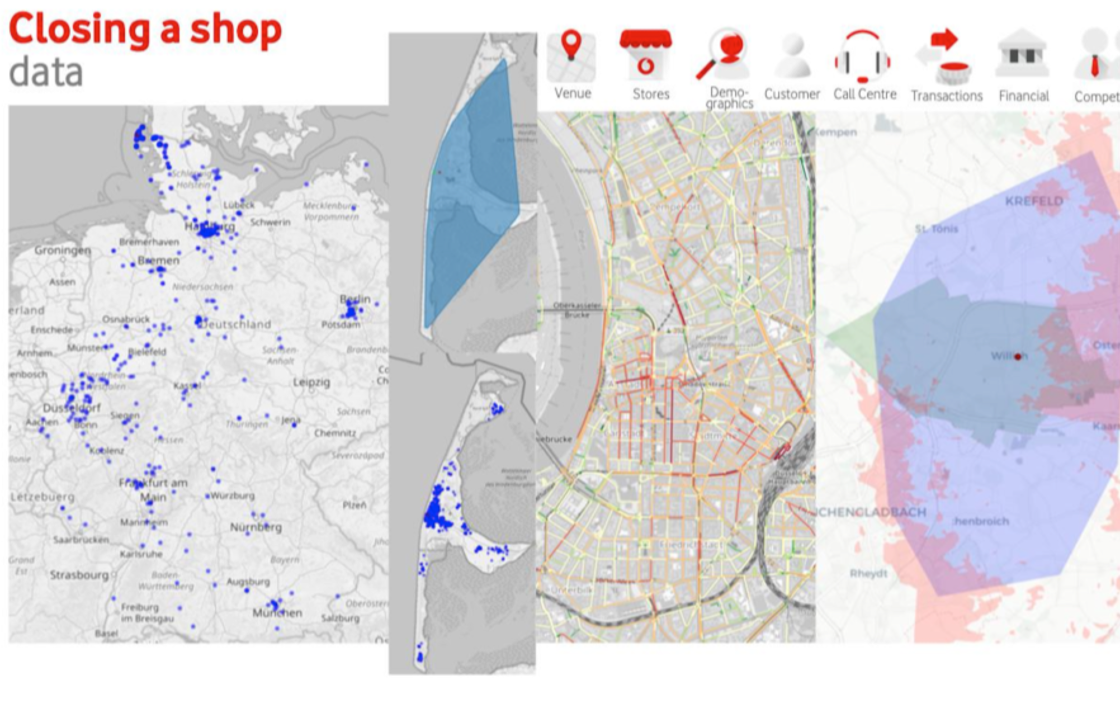The latest HeiCAD Lecture on 17 February revealed some insights into the telecommunication industry and how advances in AI and data science help answering questions such as when and where to close a shop and how to optimise fibre networks. Dr Rolf Bardeli, lead data scientist in the consumer business unit at Vodafone in Düsseldorf, demonstrated how to transfer local into global problems and argued that if your data does not fit into a spreadsheet anymore, it is probably time to employ some state-of-the-art data-driven AI methods.
What will happen if we close a specific shop? How do we connect customers in a particular region to our telcom network? How do we target a certain customer? Those are (local) problems encountered day-to-day at Vodafone. Naturally, they can be tackled by modelling them by means of graphs. For example, one can construct a graph where nodes represent customers and edges connect them in a certain way. Using machine learning tools and combinatorial optimisation, Bardeli demonstrates how questions such as the above can be answered.
By turning local into global problems, Vodafone also attempts to find out how to optimise the country-wide shop footprint, how to optimise campaigns and how to prioritise fibre rollout for 32K business parks in Germany. Of course, this requires acquiring some domain knowledge in business administration and working in interdisciplinary teams, as Bardeli stated in the Q&A session.
From using pattern recognition techniques to interpret images sent by customers to a chatbot to figuring out strategies when and where to re-open shops after Covid-19 lockdowns - there is a large variety of AI and data science problems to be addressed. Students of our Master’s programme AI and Data Science can experience this hands-on at Vodafone during the lab rotations.
The recording of the talk can be found in the (internal) HeiCAD Wiki: https://wiki.hhu.de/pages/viewpage.action?spaceKey=HEICAD&title=HeiCAD+Wiki.


